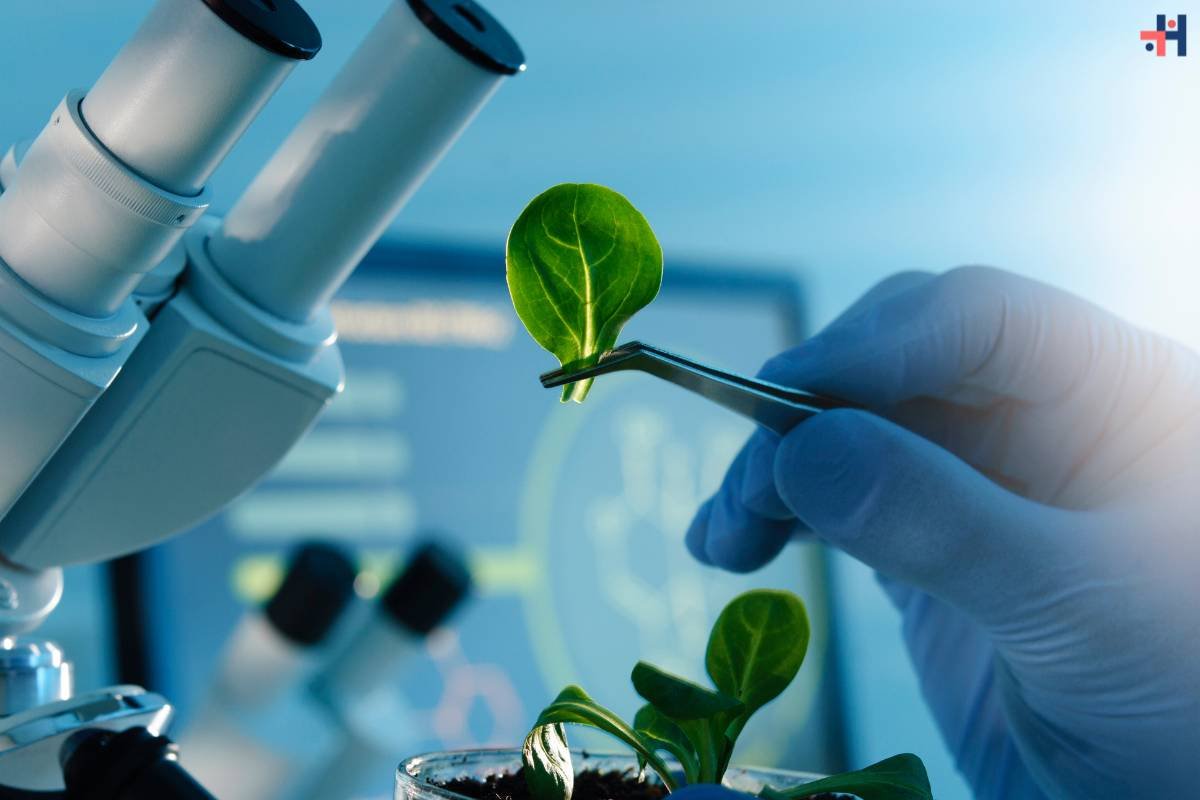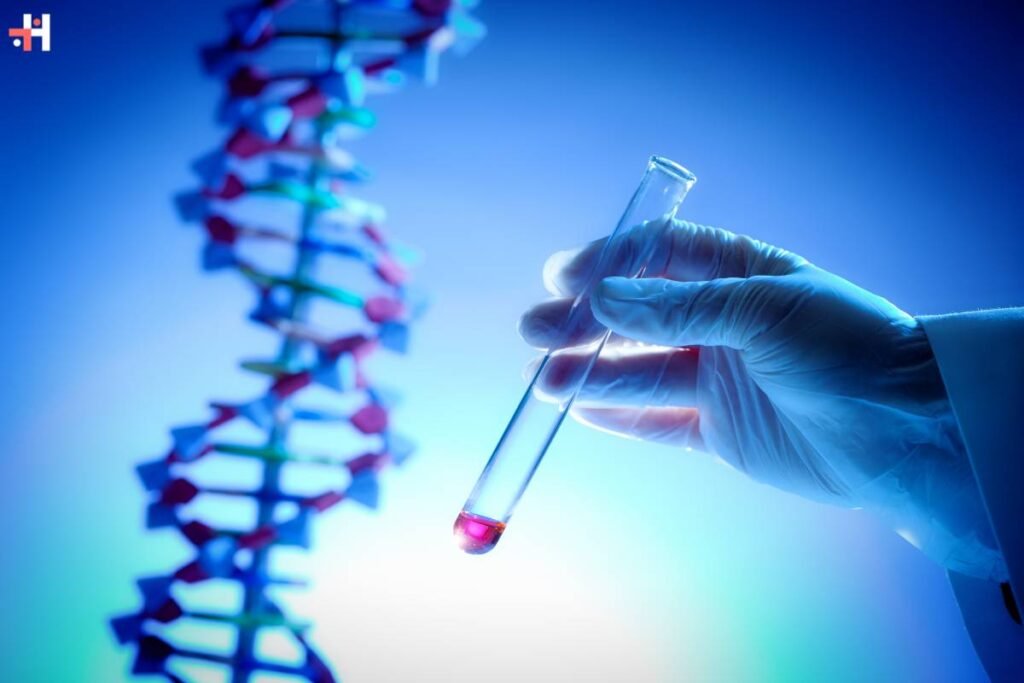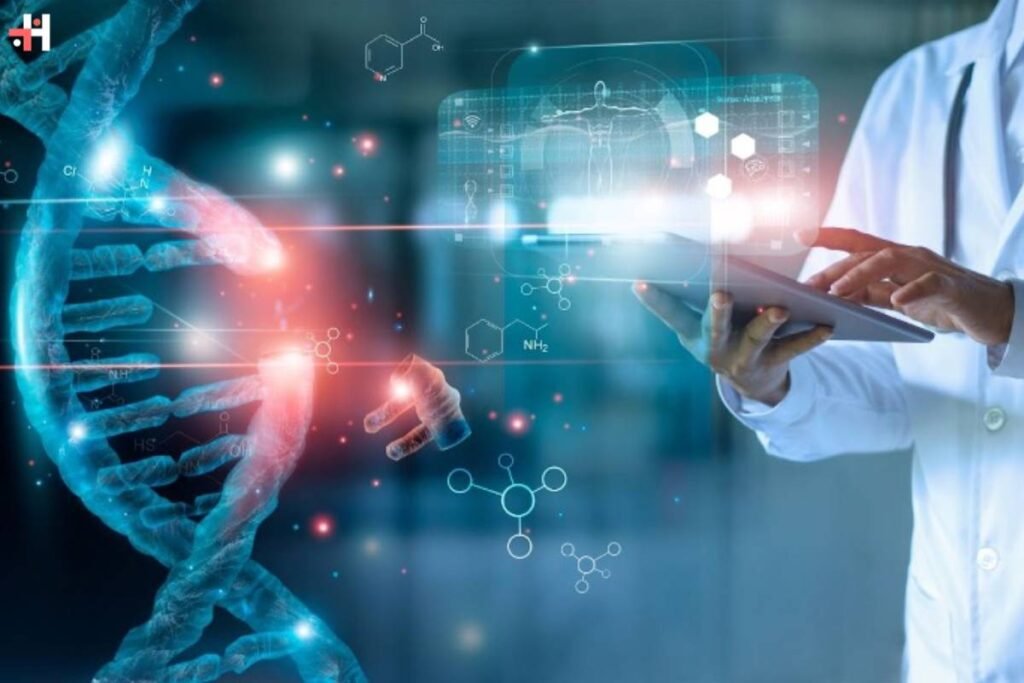Lifescience, an expansive and dynamic domain, unveils the enigmas of living organisms and their intricate connections with the environment. Its impact spans from molding pivotal medical advancements to influencing initiatives in conservation. Its applications are far-reaching and in a constant state of evolution. In this thorough exploration, we navigate the profound significance of Lifescience, delving into its multifaceted applications, real-world instances, and the most recent trends and innovations propelling the discipline into the future.
Understanding:
Lifescience, often synonymous with biology, encompasses an array of scientific disciplines, including genetics, ecology, microbiology, zoology, and botany. It delves into the very essence of life, exploring processes from the molecular level within cells to the complex ecosystems that support diverse species.
Applications:
1. Medicine and Healthcare:
It is pivotal in revolutionizing medicine. Recent advancements include personalized medicine, where treatments are tailored to an individual’s genetic makeup. The Human Genome Project, completed in 2003, marked a milestone by mapping the entire human genome, offering unprecedented insights into genetic predispositions and diseases.
2. Agriculture and Food Production:
The field has significantly influenced agriculture through the development of genetically modified (GM) crops. CRISPR-Cas9, a groundbreaking gene-editing tool, allows precise modifications in plant genomes, enhancing crop yield and resistance. Sustainable farming practices guided by Lifescience principles promote environmental conservation.
3. Environmental Conservation:
Lifescientists contribute substantially to understanding and mitigating climate change’s impact on ecosystems. Conservation efforts employ advanced technologies like satellite imaging and DNA barcoding to monitor biodiversity and devise strategies for habitat preservation. The use of drones aids in monitoring and protecting endangered species and ecosystems.
4. Biotechnology:

It forms the cornerstone of biotechnological innovations. Recent trends include the development of mRNA vaccines, exemplified by the COVID-19 vaccines, which represent a groundbreaking approach in infectious disease prevention. The applications of biotechnology extend to biofuel production, bioremediation, and sustainable manufacturing.
5. Forensic Science:
This techniques continue to advance forensic science. DNA analysis has become more sophisticated and accessible, aiding law enforcement in solving crimes. Rapid DNA testing, a recent innovation, allows for quicker on-site analysis, expediting investigations.
Real-World Examples of Lifescience Impact:
1. CRISPR-Cas9 Gene Editing:
The CRISPR-Cas9 technology has revolutionized genetic engineering. It enables precise modification of genes, offering unprecedented potential in treating genetic disorders. Recent applications include research on editing genes related to certain cancers and genetic mutations.
2. Vaccines and Immunology:
It has played a pivotal role in vaccine development. The recent development of mRNA vaccines for COVID-19 represents a paradigm shift in vaccine technology. mRNA vaccines have proven highly effective and have the potential to transform the future of vaccine development for various infectious diseases.
3. Ecosystem Restoration:
Lifescientists actively engage in ecosystem restoration projects. With climate change intensifying, innovative solutions are sought. For instance, coral restoration projects using 3D-printed coral structures aim to revive damaged coral reefs and restore marine biodiversity.
4. Precision Agriculture:
Lifescience applications in agriculture continue to evolve. Precision farming employs sensors, drones, and AI to optimize crop management. This data-driven approach enhances resource efficiency, reduces environmental impact, and ensures sustainable agricultural practices.
Latest Trends and Inventions:
1. Gene Therapy Advancements:
Gene therapies, utilizing Lifescience knowledge, are witnessing significant breakthroughs. The development of CRISPR-based therapies for genetic disorders and diseases like sickle cell anemia showcases the potential to correct genetic abnormalities.
2. Microbiome Research:

Its researchers are increasingly exploring the human microbiome’s role in health and disease. Understanding the interactions between the microbiome and various bodily functions holds promise for developing personalized treatments and therapies.
3. Artificial Intelligence (AI) in Lifescience:
AI applications are transforming every aspect of its research. Machine learning algorithms analyze vast datasets, facilitating drug discovery, predicting disease outbreaks, and personalizing patient care. AI-driven drug design accelerates the development of pharmaceuticals.
4. Nanotechnology in Medicine:
It converges with nanotechnology to create innovative medical solutions. Nanoparticles deliver drugs directly to target cells, minimizing side effects. Nanomedicine applications include cancer treatment, imaging, and diagnostics.
5. Synthetic Biology:
It ventures into synthetic biology, where researchers engineer biological components to create new functions. This burgeoning field holds potential for creating bio-based materials, renewable energy sources, and novel biological systems.
Practical Methods in Lifescience:
1. Observation and Experimentation:
Lifescientists adhere to systematic observation and experimentation. Recent innovations include the use of advanced imaging techniques such as super-resolution microscopy, enabling researchers to observe cellular processes with unprecedented detail.
2. Genetic Research:

Recent breakthroughs in genetic research involve advanced sequencing technologies. Single-cell RNA sequencing allows the study of individual cells, providing insights into cellular diversity and function.
3. Field Studies and Surveys:
Lifescientists conduct extensive field studies using cutting-edge technologies. Autonomous underwater vehicles (AUVs) equipped with sensors and cameras facilitate deep-sea exploration, contributing to our understanding of marine ecosystems.
4. Clinical Trials:
Lifescience researchers employ innovative methodologies in clinical trials. Adaptive clinical trial designs use real-time data analysis to modify trial parameters, improving efficiency and responsiveness.
5. Data Analysis and Modeling:
Lifescientists leverage big data analytics and computational modeling. Integrating data from diverse sources, including genomics, proteomics, and environmental factors, enables comprehensive analyses and predictions.
Conclusion:
Lifescience stands as a vanguard in scientific exploration, diligently unraveling the intricacies of life and exerting profound influence on various facets of human existence. Its significance is notably highlighted through pioneering gene-editing techniques and the strategic incorporation of artificial intelligence in healthcare advancements. It remains in a perpetual state of evolution, consistently adapting to embrace the latest trends and inventions that redefine its boundaries.
The field’s commitment to innovation assures a promising future, offering robust solutions to global challenges. Whether it be the development of advanced gene therapies or the utilization of sophisticated AI-driven technologies, It plays a pivotal role in shaping the trajectory of scientific progress. The ongoing dedication to cutting-edge research not only positions it at the forefront of scientific inquiry but also underscores its crucial role in contributing to the betterment of humanity and the planet at large. As we navigate the complexities of our world, Lifescience stands as a beacon of hope, continually striving to enhance our understanding of life and improve the overall human experience.










